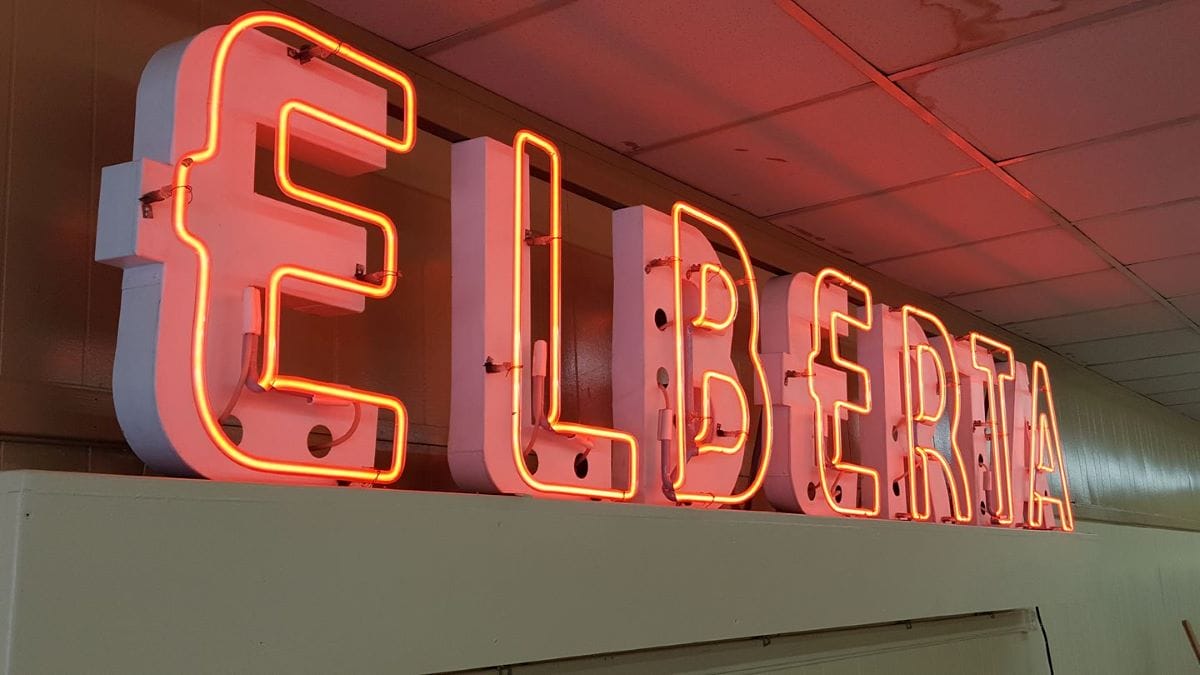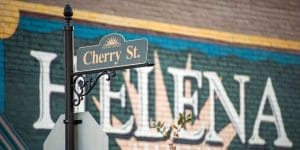

Uh oh...
It appears that you're using a severely outdated version of Safari on Windows. Many features won't work correctly, and functionality can't be guaranteed. Please try viewing this website in Edge, Mozilla, Chrome, or another modern browser. Sorry for any inconvenience this may have caused!
Read More about this safari issue.

Down in the southwest region of Arkansas, the state has its very own Nashville. This one is a small, welcoming hometown with a past full of performance and production arts.
Nashville, Arkansas is home to a rich history of movie theaters and performance houses dating back to the 1900s. In 2014, Jonathan Canaday, a local researcher and a founding member of the Howard County Historical Society, began exploring the town’s entertainment history.
“Theaters were the entertainment of the time, and I think it was very rare for a small town to have so many operating in its history,” Canaday said. “These theaters are where the community came together, and we don’t have that today.”

Canaday discovered approximately nine opera houses and movie theaters opened in Nashville between 1900 and 1940. They provided a variety of entertainment including silent films, magic shows and live music. To put together a timeline of the town’s theater history, Canaday explored local archives and historic photos.
“You don’t realize how rewarding this research is, especially when finding a new photo. You really have to study these photos closely and you’ll be amazed sometimes at what you can find hiding.”

The oldest performance house Canaday found on record is the Buxton Opera House, which opened sometime in the early 1900s.
Interestingly, he says it was the first brick structure built in Nashville. This could be due to a major fire in 1900 that changed building regulations and required mainly brick structures. The oldest movie theater he found on record is the Princess Theatre, which appeared in an issue of the Nashville News on July 5, 1913. It was located on Main Street in a building that later became Western Auto.
Other historic theaters Canaday found include Liberty Theatre, Summer Theatre, the Air Dome Cinema, Gem Theatre, and his personal favorite, Howard Theatre. “The Howard is my favorite because the building still exists and has remnants of the past,” he said. “I also like how it just looked like a small-town theater.”

The Howard was housed inside a building constructed in 1903. Canaday pointed out the building’s rich history. It originally opened as a grocery store and then became the first location of the local Coca-Cola bottling company. Later, it was divided to hold two businesses and art that can still be viewed today — a mural on a wall in the attic depicting a landscape of hills, trees and a house.
In 1939, the building was remodeled in art-deco style and opened as Howard Theater showing Myrna Loy in the film “Lucky Night.” To keep guests cool, it contained an early air conditioning system fed by a large water tank located behind the building.
The Howard Theatre closed in 1953, but the building is now owned by the Nashville Chamber of Commerce, so Canaday was able to explore and photograph it.

“The attic still contains the decorative ceiling tile and wall graphics, a no-smoking sign, and the vent for the cooling system. The ceiling tile and graphics end at the rear of the building before the back wall, so you can sort of guess where the screen would have been,” Canaday said.
Another standout in the Nashville, Arkansas theater history is the Elberta Theatre. The name was a nod to Nashville’s place in the thriving peach-growing industry of the 1900s. The Elberta operated as a movie theater from approximately 1943 until 1983. The last film shown was “Popeye” starring Robin Williams.

Even after it stopped showing films, the Elberta continued to provide local entertainment. It was home to a country music show called “Country Junction USA.” The show brought in various celebrity performers until the roof collapsed in the early 1990s. The neon sign from the Elberta can be seen today a few doors down in the Elberta Arts Center.

Following his research, Canaday created a public presentation detailing his findings. He presented his work to the Nashville Chamber of Commerce, Nashville Rotary Club, the Hempstead County Historical Society as well as local churches and businesses.
“Everyone loved the presentation,” Canaday said. “It sparks a lot of talk about what people remember and things that they have forgotten. It gave people a chance to see some neat photos of the town’s history and what modern historical aspects are left of it.”
Photos courtesy of Jonathan Canaday and the Howard County Historical Society archives. For more information about Nashville’s historic buildings and entertainment, Canaday can be reached at Jonathan.canaday@gmail.com
Join the Conversation
Leave a Comment
One response to “Historic Theaters of Nashville”
 Leave a Reply
Leave a Reply
We do the work.
You check your email.
Sign up for our weekly e-news.
Get stories sent straight to your inbox!











 Leave a Reply
Leave a Reply
[…] The Howard County Historical Society hosts tours by appointment only. Contact 870.541.4288 to coordinate additional visit information. Also see our story on Historic Theaters of Nashville. […]